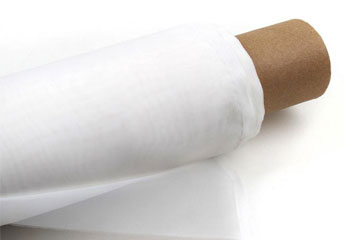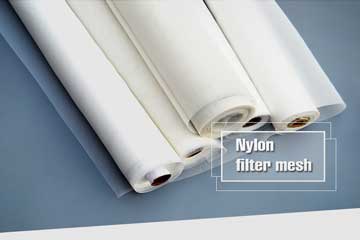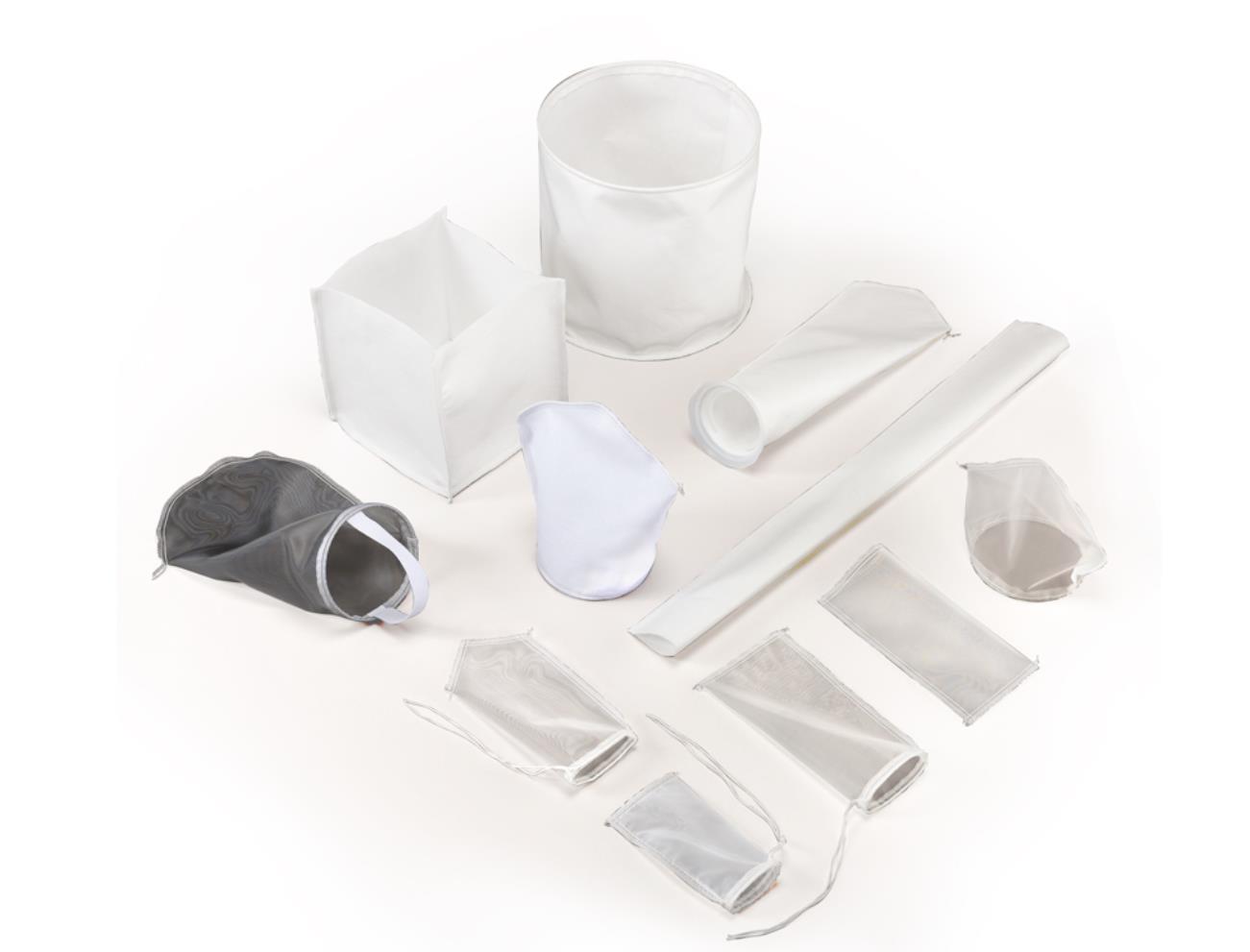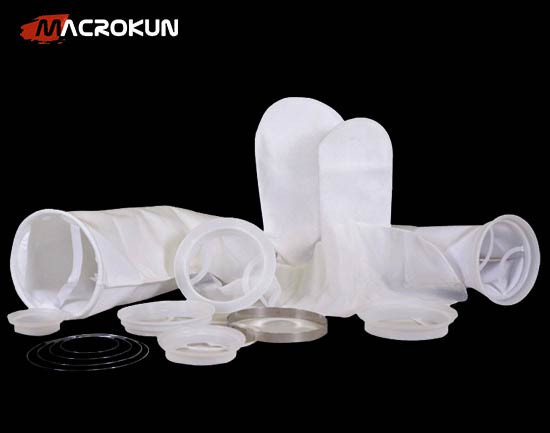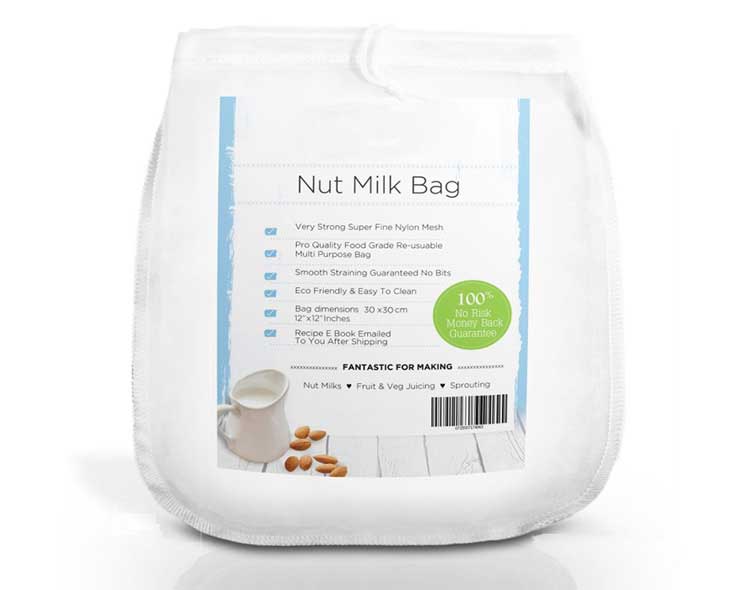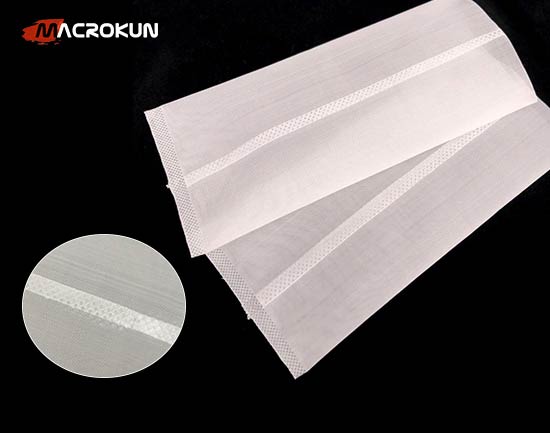Why choosing the right membrane filter manufacturer makes a measurable difference
If the membrane filter manufacturer answers “yes” to these, you’re in a strong position to establish a reliable supply relationship.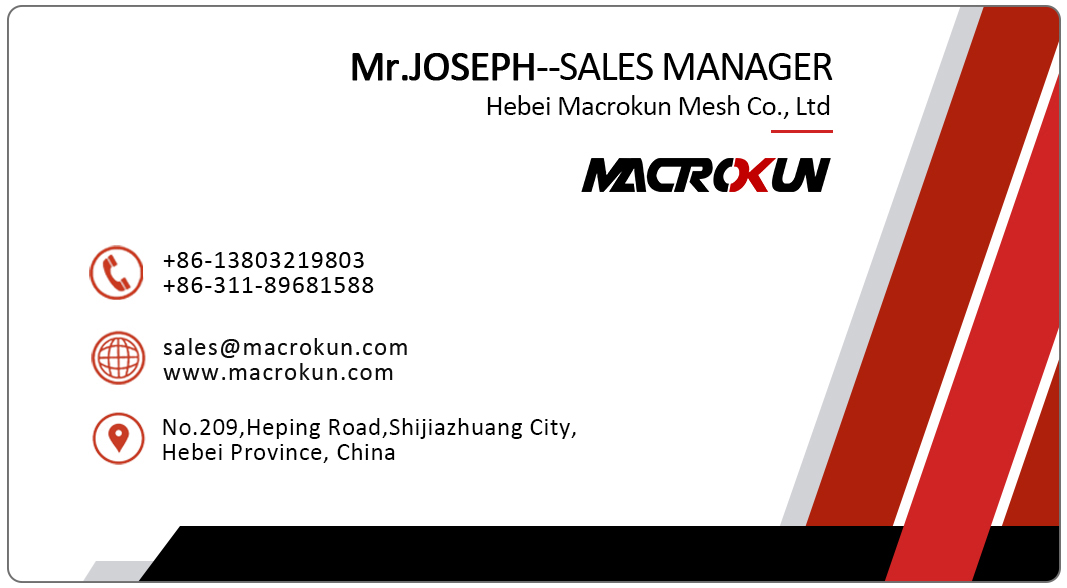
Picking the right membrane filter manufacturer is one of the most practical choices a procurement or lab manager makes. The right partner supplies reliable products, clear specifications, and consistent lot-to-lot quality — and that reduces downtime, protects equipment, and improves reproducibility. Whether you need syringe filters for chromatography, disc filters for batch clarification, or large-scale ultrafiltration modules for production, selecting a proven membrane filter manufacturer turns a consumable into a dependable process component.
What a membrane filter manufacturer actually provides
A trustworthy membrane filter manufacturer does more than ship parts. They provide clear datasheets, Certificates of Analysis, material-compatibility charts, and validated formats that match common housings. For single-use lab consumables, look for syringe filters, disc membranes, and sterile-packed options with traceable lot numbers. For industrial clients, the same manufacturer may offer spiral-wound elements, hollow-fiber modules, and full skid-mounted systems, each with performance curves and maintenance guidance.
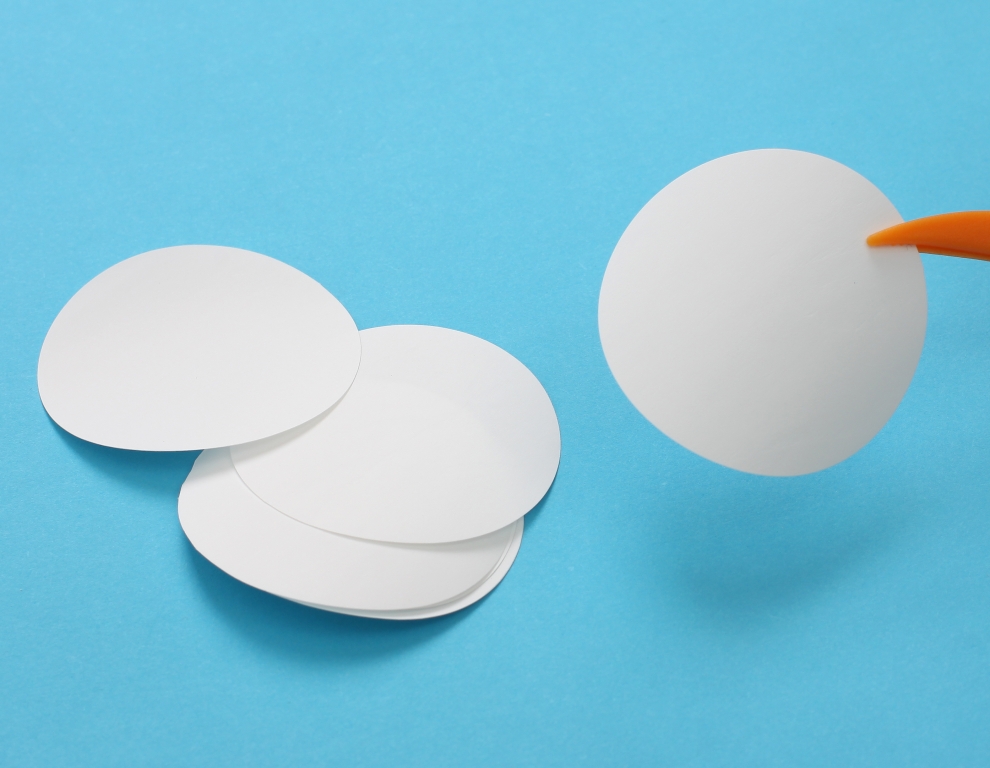
The key categories of membrane products you’ll encounter
Understanding product categories helps you talk to a membrane filter manufacturer with clarity:
-
Laboratory consumables: syringe filters, disc filters, sterile membranes for sample prep.
-
Process and industrial modules: spiral-wound RO/NF/UF elements, hollow-fiber modules for MBR, cartridge-style membrane filters.
-
Specialty membranes: metal membranes, gas-vent membranes, hydrophobic/hydrophilic variants, and membrane-coated filters for regulated industries.
Ask any prospective membrane filter manufacturer which categories they specialize in — alignment with your application shortens validation time and reduces risk.
Why traceability and documentation matter
When you buy filtration products, documentation is not optional. A reliable membrane filter manufacturer supplies lot-specific COAs, pore-size distribution data, and recommended operating windows (pH, temperature, pressure). For regulated environments or trace analysis, these documents are essential for audits and for diagnosing method drift. Insist on documentation during the quote stage — a vendor willing to share COAs and validation support is usually a vendor worth partnering with.
Choosing between branded OEMs and factory-direct suppliers
You’ll meet two common supplier types: established global brands and direct manufacturers (often with competitive pricing). A global brand brings standardized manufacturing, documented validation, and often better R&D support. A factory-direct supplier can deliver lower unit costs and customizable options but may require stricter incoming inspection or a small initial validation run. Work with your procurement team to weight unit price against validation burden: sometimes paying a bit more upfront shortens the time-to-production significantly.
What to ask in your first inquiry to a membrane filter manufacturer
Make your first conversation count. Ask about these practical items:
-
Exact membrane materials and pore sizes available for your format.
-
Certificates of Analysis and whether they issue per-lot documentation.
-
Sample policies and lead times for trial packs.
-
Sterility and sterilization methods if applicable.
-
Warranty, returns, and technical support for scale-up.
These questions quickly reveal whether the membrane filter manufacturer can support both your testing phase and your production ramp.
How to validate membrane filters quickly on the bench
A tight, pragmatic validation saves time. When your trial samples arrive from a membrane filter manufacturer, run these steps:
-
Visual and packaging inspection: check lot codes and seals.
-
Flow and clarity test: filter a representative sample and measure flow time and filtrate clarity.
-
Extractables/blank check: filter a solvent blank and run it through your detector or assay to watch for unusual peaks.
-
Fit and mechanical test: confirm the membrane fits your holders or housings and survives expected pressures.
If results meet acceptance criteria, you can confidently order in larger volumes; if not, return to the supplier with concrete failure data.
Best practices for procurement and inventory
Treat membranes as process-critical parts. A practical strategy many teams use:
-
Maintain a 4–6 week buffer stock of validated part numbers.
-
Require lot COAs for every shipment.
-
Standardize one or two membrane types per workflow to reduce variation.
-
Track lot performance metrics in a simple log (flow time, failure incidents, instrument effects).
A little discipline keeps your supply chain predictable and reduces emergency purchases from unvetted suppliers.
Cost considerations: total cost of ownership
A membrane filter manufacturer’s unit price is only part of the equation. Consider:
-
Replacement frequency and downtime costs.
-
Costs of reruns or damaged columns/equipment caused by poor membranes.
-
Lead times and shipping reliability — overnight delivery from a local distributor may be cheaper than equipment downtime.
-
After-sales technical support and warranty services.
Often, a slightly higher per-unit cost from a consistent manufacturer yields a lower total cost of ownership.
Material and compatibility questions to settle up front
Membrane chemistry matters. Ask your prospective membrane filter manufacturer about:
-
Hydrophilic vs hydrophobic behavior (relevance to aqueous or solvent systems).
-
Chemical resistance charts for solvents, pH ranges, and temperatures.
-
Protein-binding characteristics or extractable profiles for trace work.
-
Support/backing materials for tensile strength in vacuum filtration.
Knowing these details upfront prevents selecting an ill-suited membrane and saves time in method validation.
When to involve engineering or process teams
If your project scales beyond bench testing, bring engineering in early. A membrane filter manufacturer supplying modules or system skids should collaborate with your process engineers to specify operating conditions, cleaning procedures, and instrumentation interfaces. Early engagement avoids late-stage surprises during installation or qualification.
How customization and OEM services help differentiate suppliers
A good membrane filter manufacturer often offers OEM or custom services: custom pore sizes, branded packaging, or tailored element lengths and housings. These services are valuable when standard parts don’t meet unique throughput or footprint constraints. If you anticipate customization, evaluate suppliers on R&D capability, minimum order quantities, and prototyping lead time.
Real-world case: small change, big outcome
A mid-sized production lab swapped an inconsistent, low-cost membrane source for a vetted membrane filter manufacturer with per-lot COAs and a small-sample policy. After validating a single trial lot, the lab standardized that membrane across shifts. Within two months they cut column replacements by half and reduced sample reruns — a direct, measurable payoff from choosing a better manufacturing partner.
Selecting a partner, not just a product
Ultimately, you’re choosing a partner when you choose a membrane filter manufacturer. The best suppliers do four things well: they provide reliable products, clear documentation, responsive technical support, and predictable logistics. Those four elements turn a consumable supplier into a strategic part of your process reliability plan.
Final checklist for supplier selection
Before you sign a purchase order, run this quick checklist:
-
Do they provide COAs and sample packs?
-
Are material compatibility and pore-size distribution documented?
-
Can they support scale-up with delivery and tech support?
-
Do they offer warranties, returns, and clear terms?
-
Is there a practical incoming inspection protocol you can follow?
If the membrane filter manufacturer answers “yes” to these, you’re in a strong position to establish a reliable supply relationship.
Tags: 0.1 micron filter bag 0.5 micron filter bag 1 micron filter bag 50 micron filter bag 25 micron filter bag 10 micron filter bag 1000 micron filter bag 5 micron filter bag micron filter bag micron filter bags 25 micron filter bags 100 micron filter bag 180 micron filter bag 250 micron filter bag 200 micron filter bag 200 micron filter bags 100 micron filter bags 1 micron filter bags micron filter bags near me 05 micron filter bag 30 micron filter bag 150 micron filter bag 10 micron filter bags 200 micron filter bag wholesale 0.1 micron filter bag wholesale 500 micron filter bag 400 micron filter bag 50 micron filter bag wholesale 400 micron filter bag wholesale 20 micron filter bag 0.1 micron filter bag factory in china 500 micron filter bag factory in china 20 micron filter bag wholesale 5 micron filter bag wholesale 250 micron filter bag factory in china 150 micron filter bag wholesale in china micron filter bag wholesale in china 190 micron filter bag 400 micron filter bag factory in china
RELATED PRODUCTS
RELATED ARTICLES
Tags:
